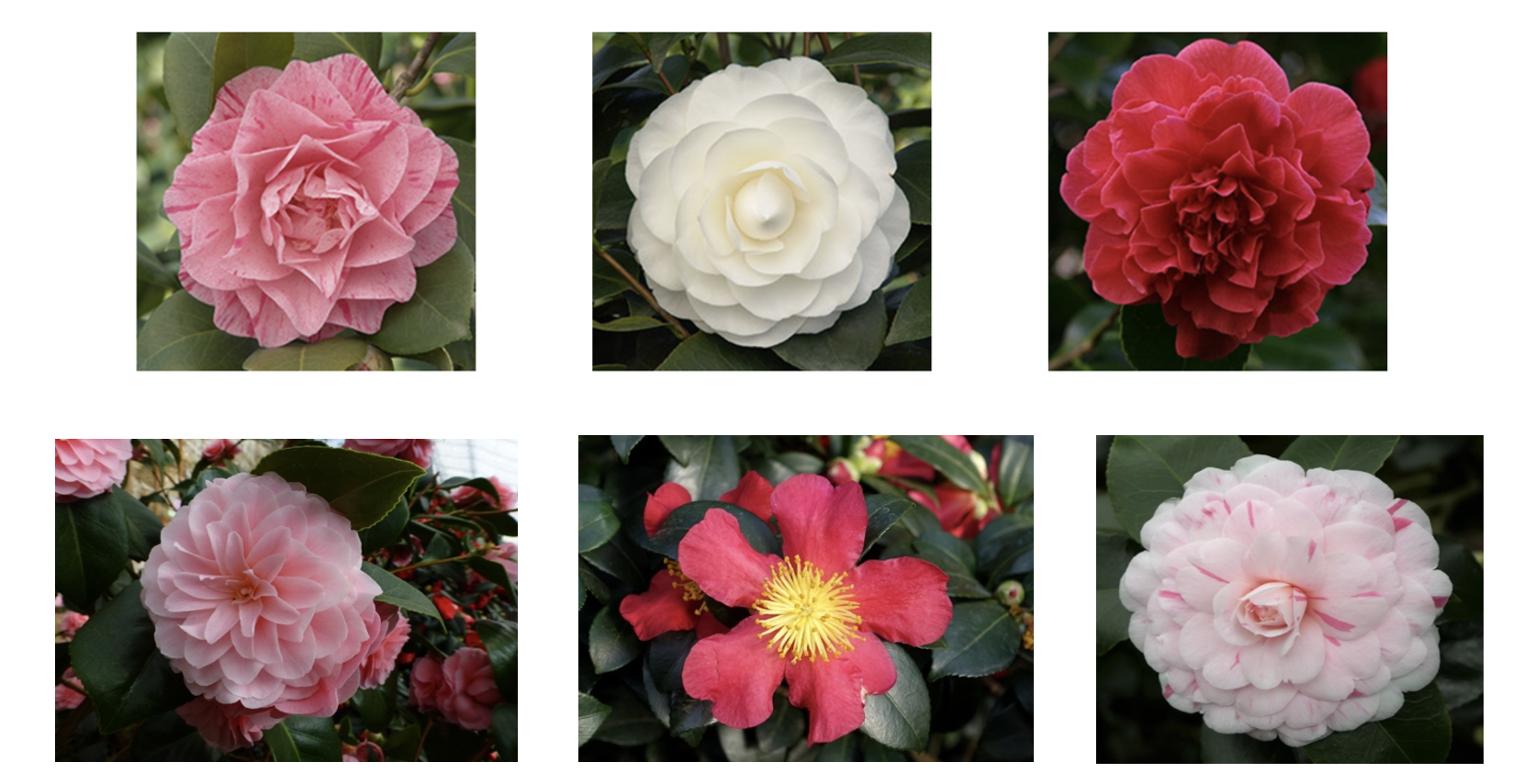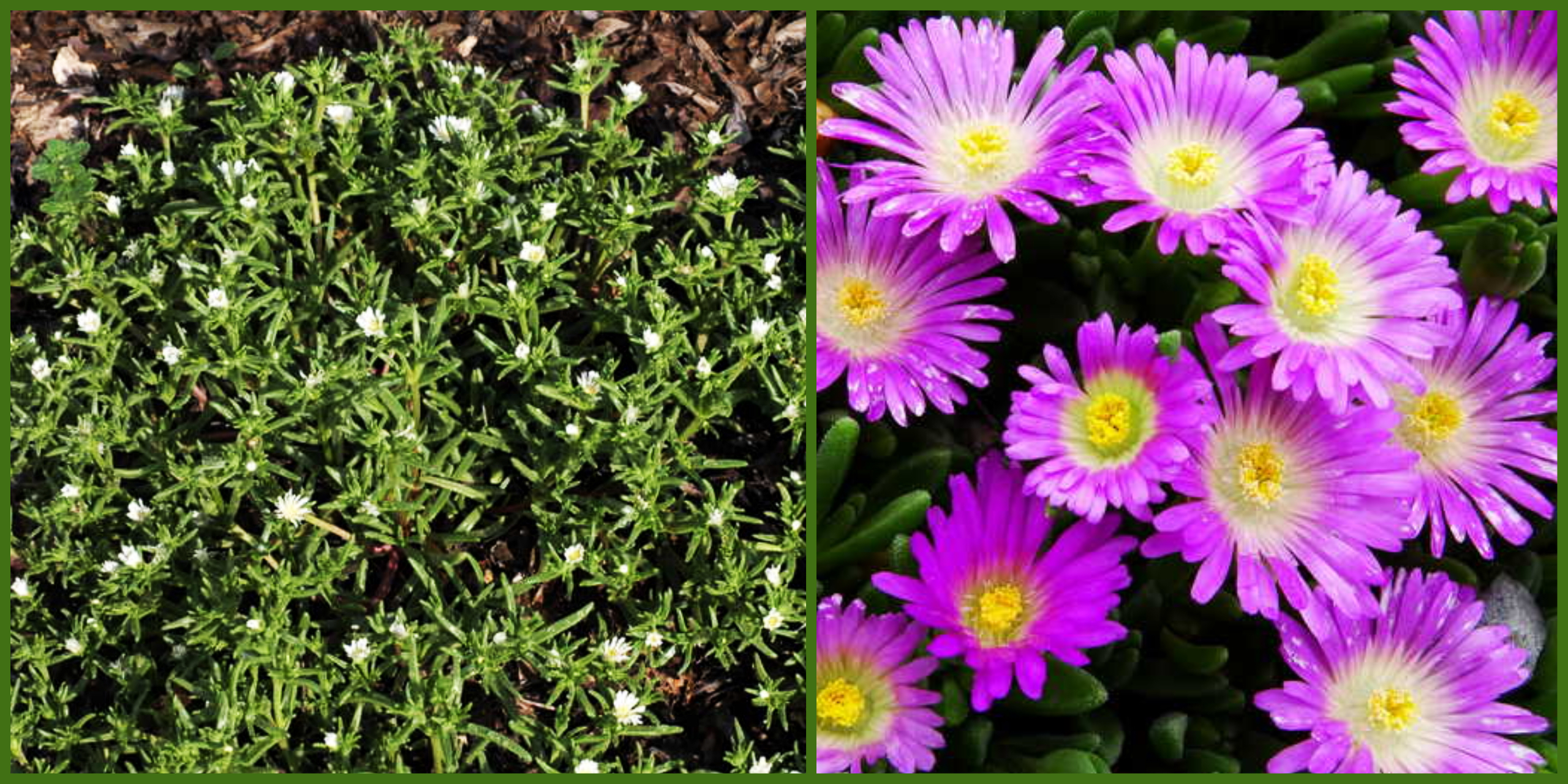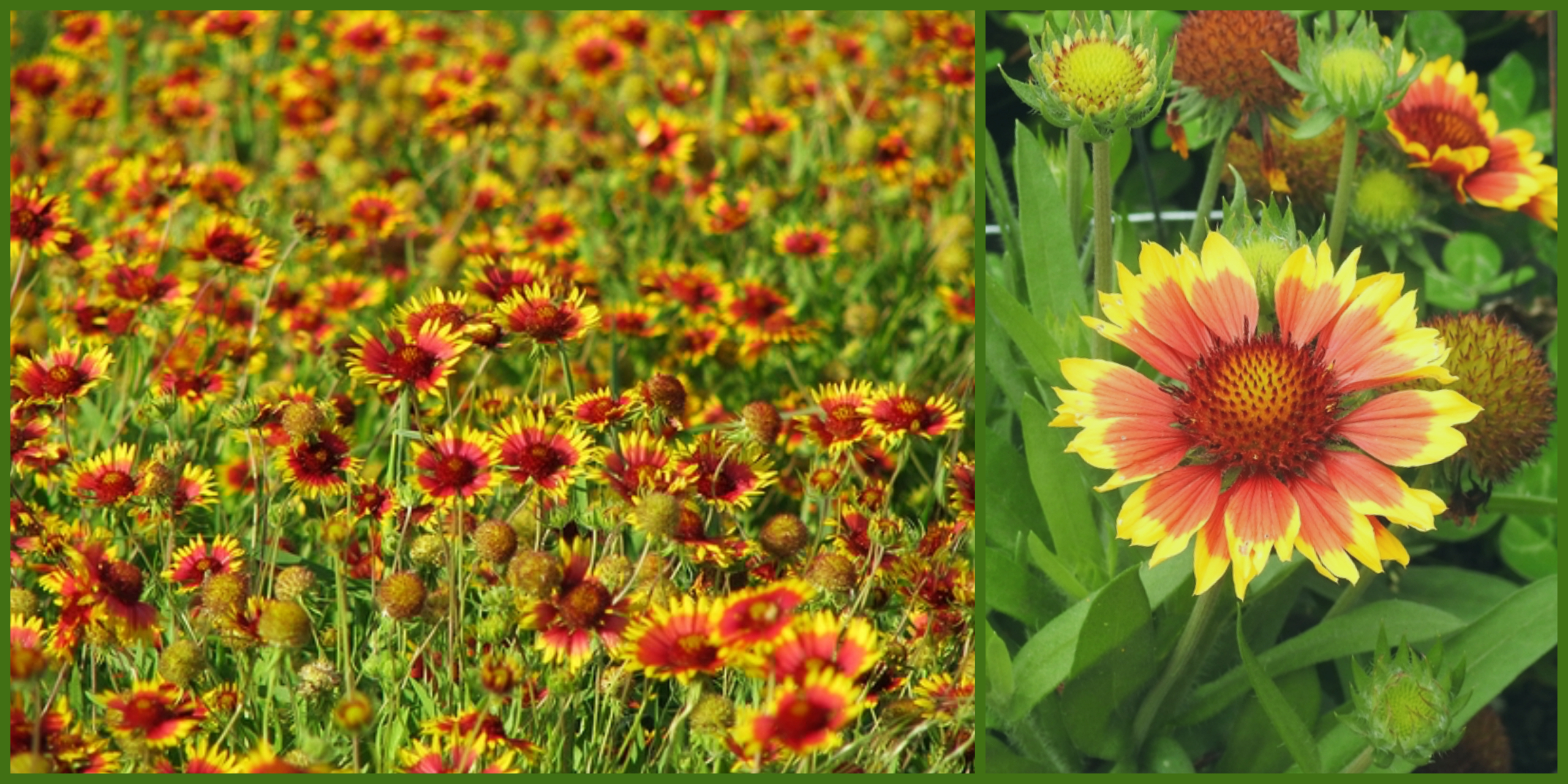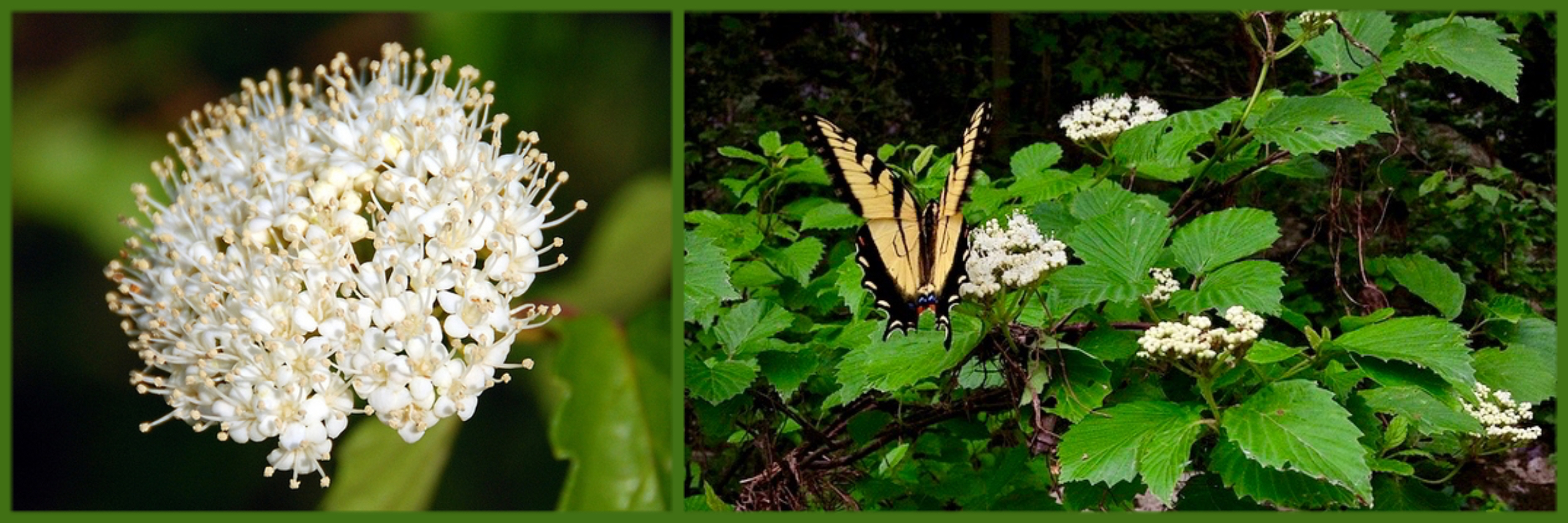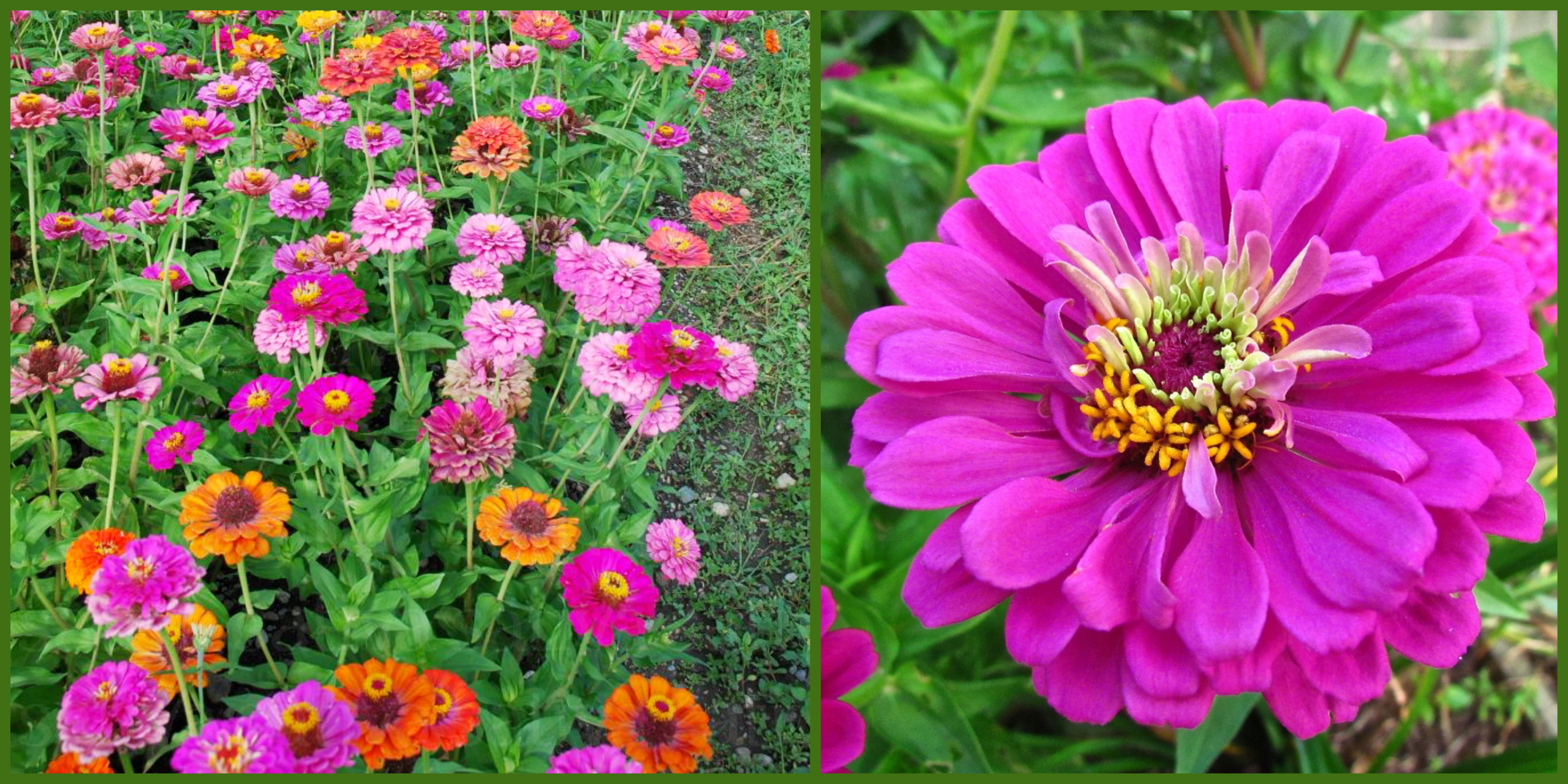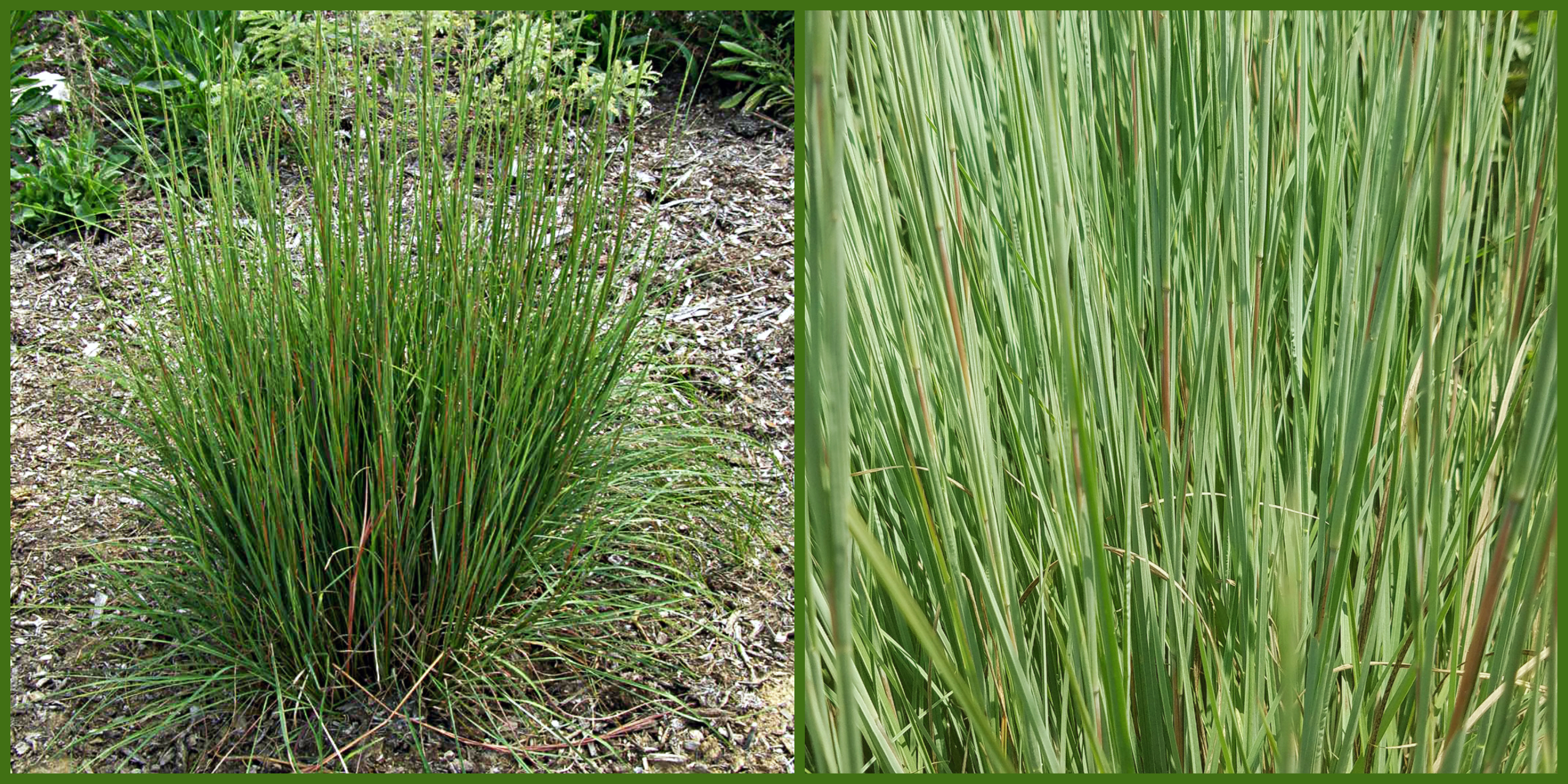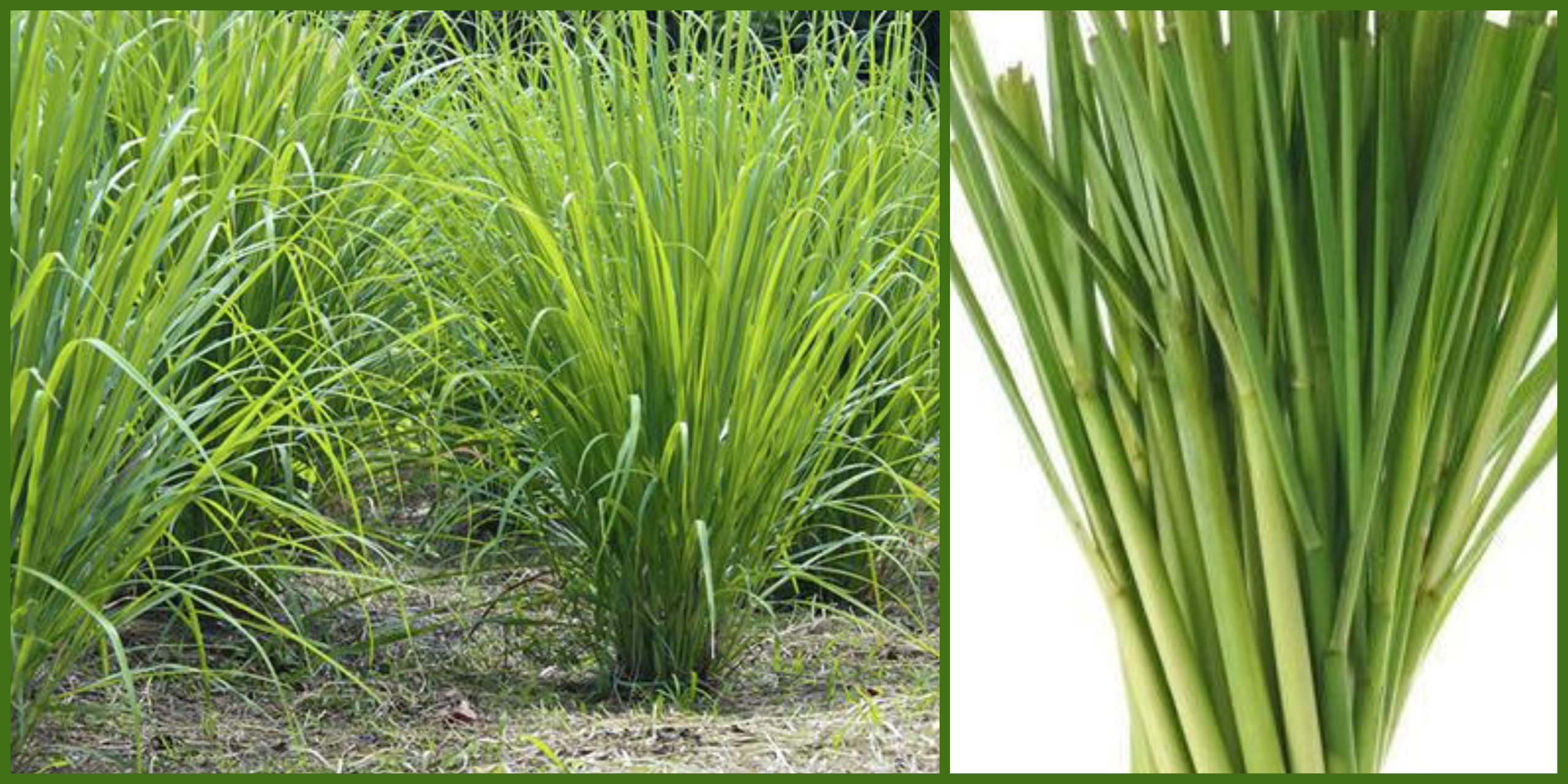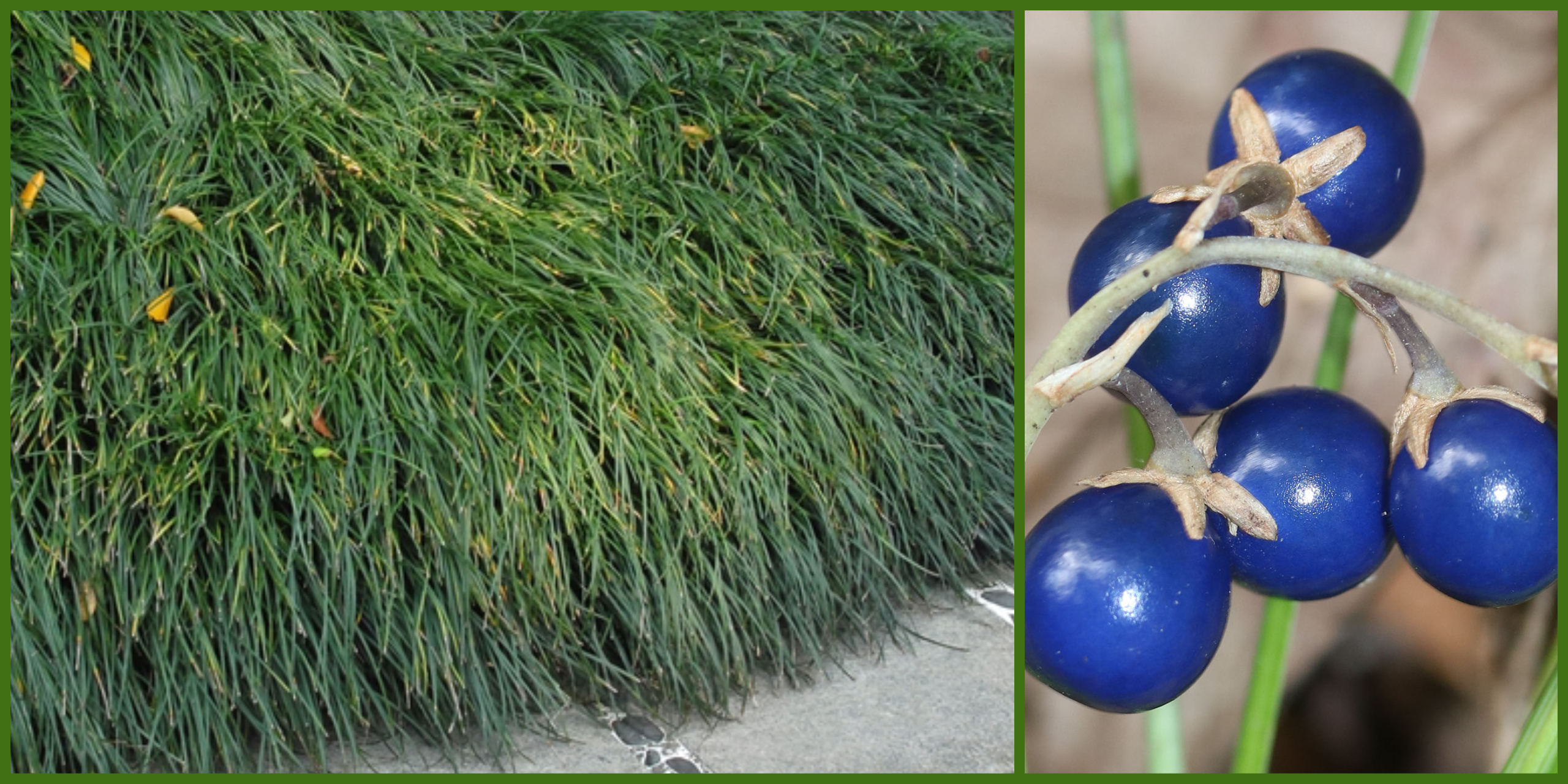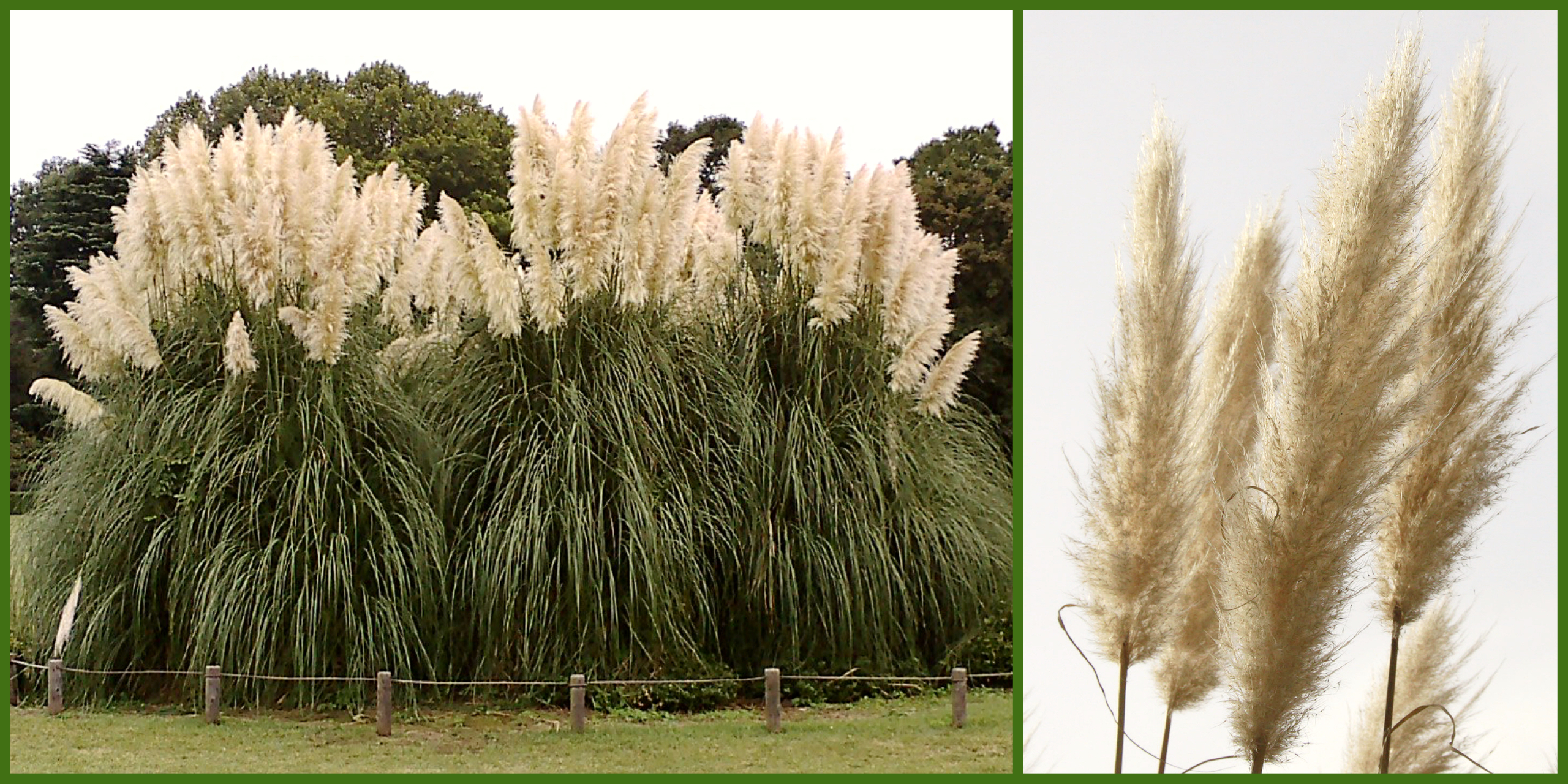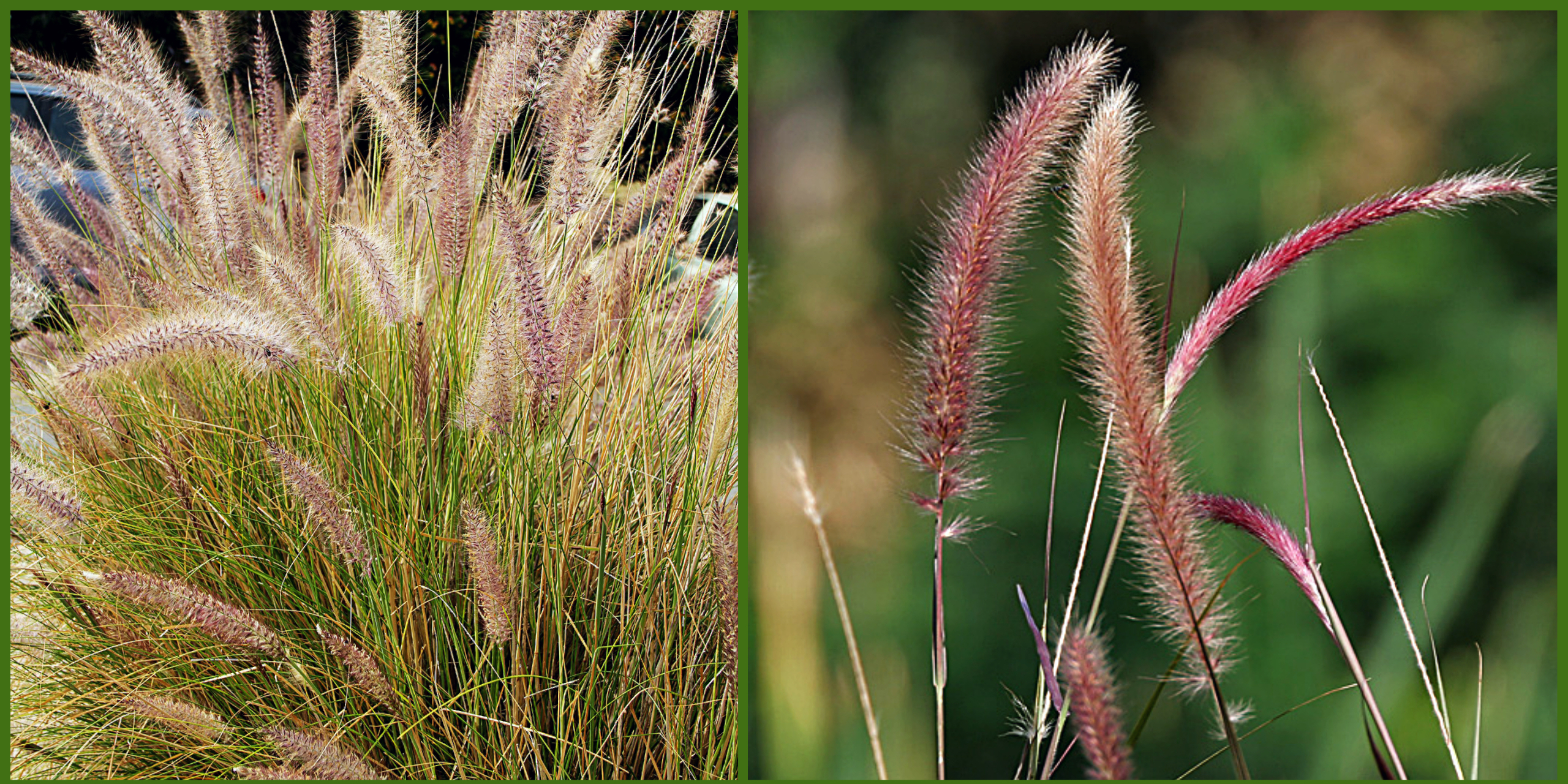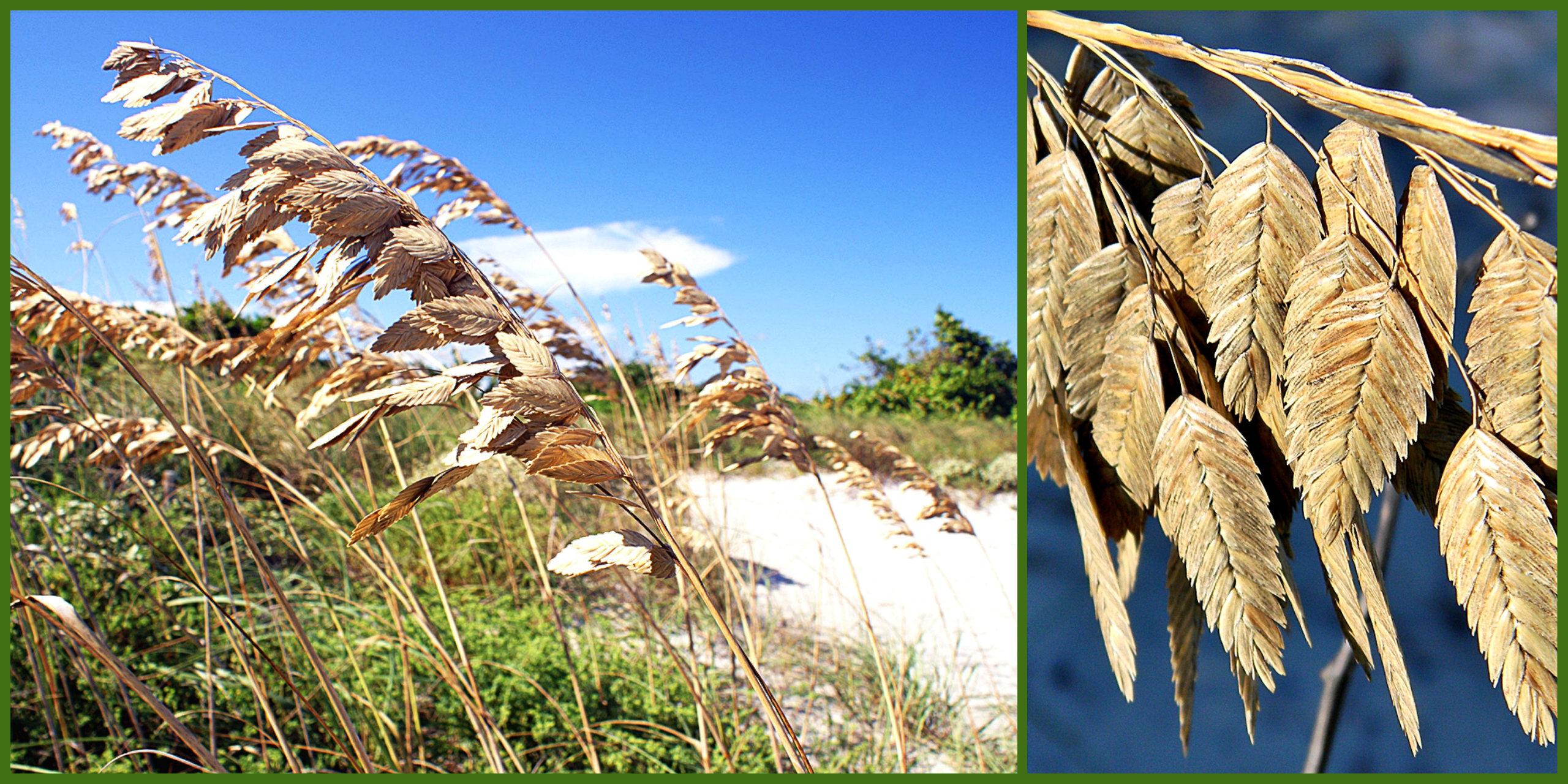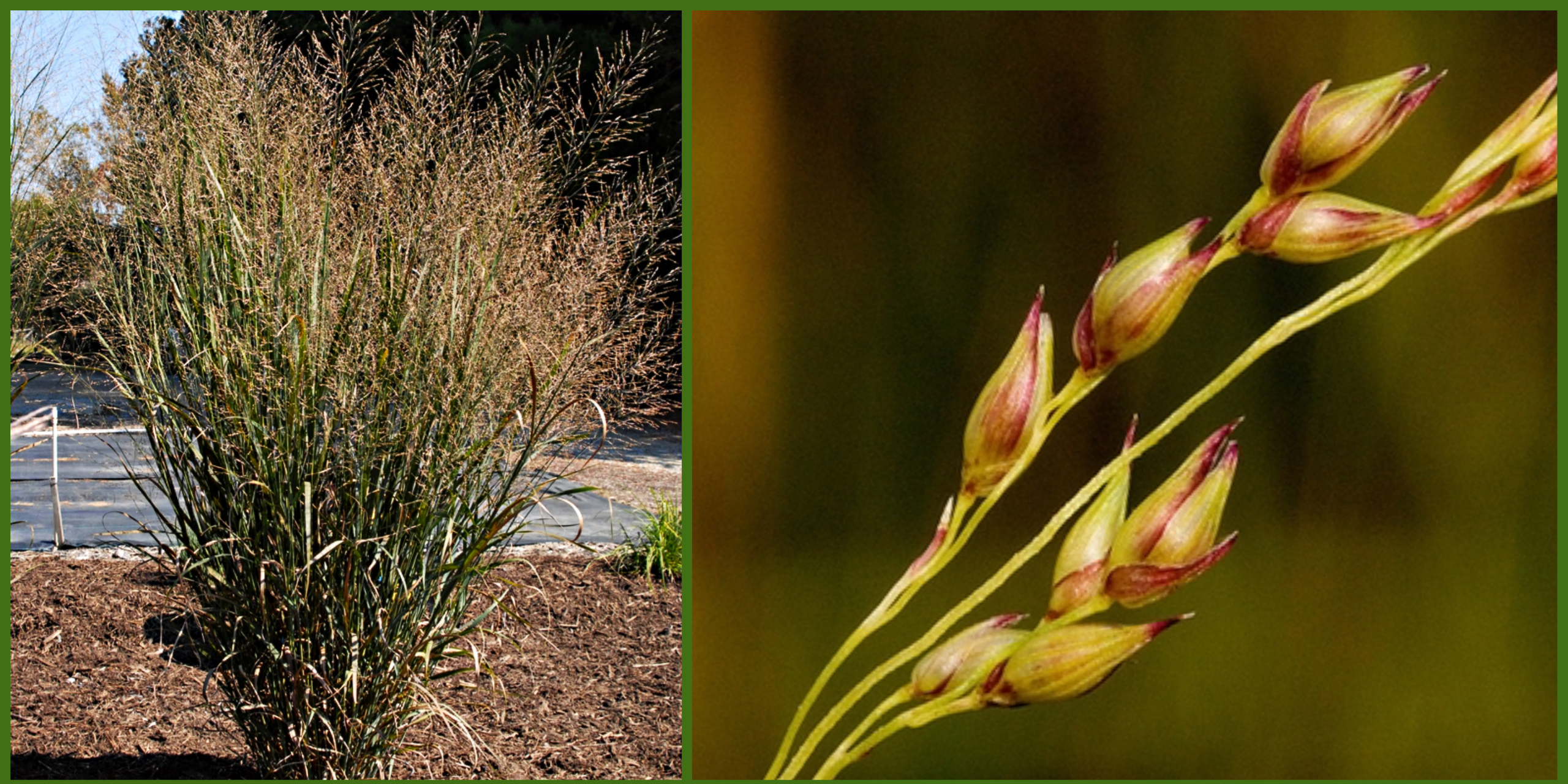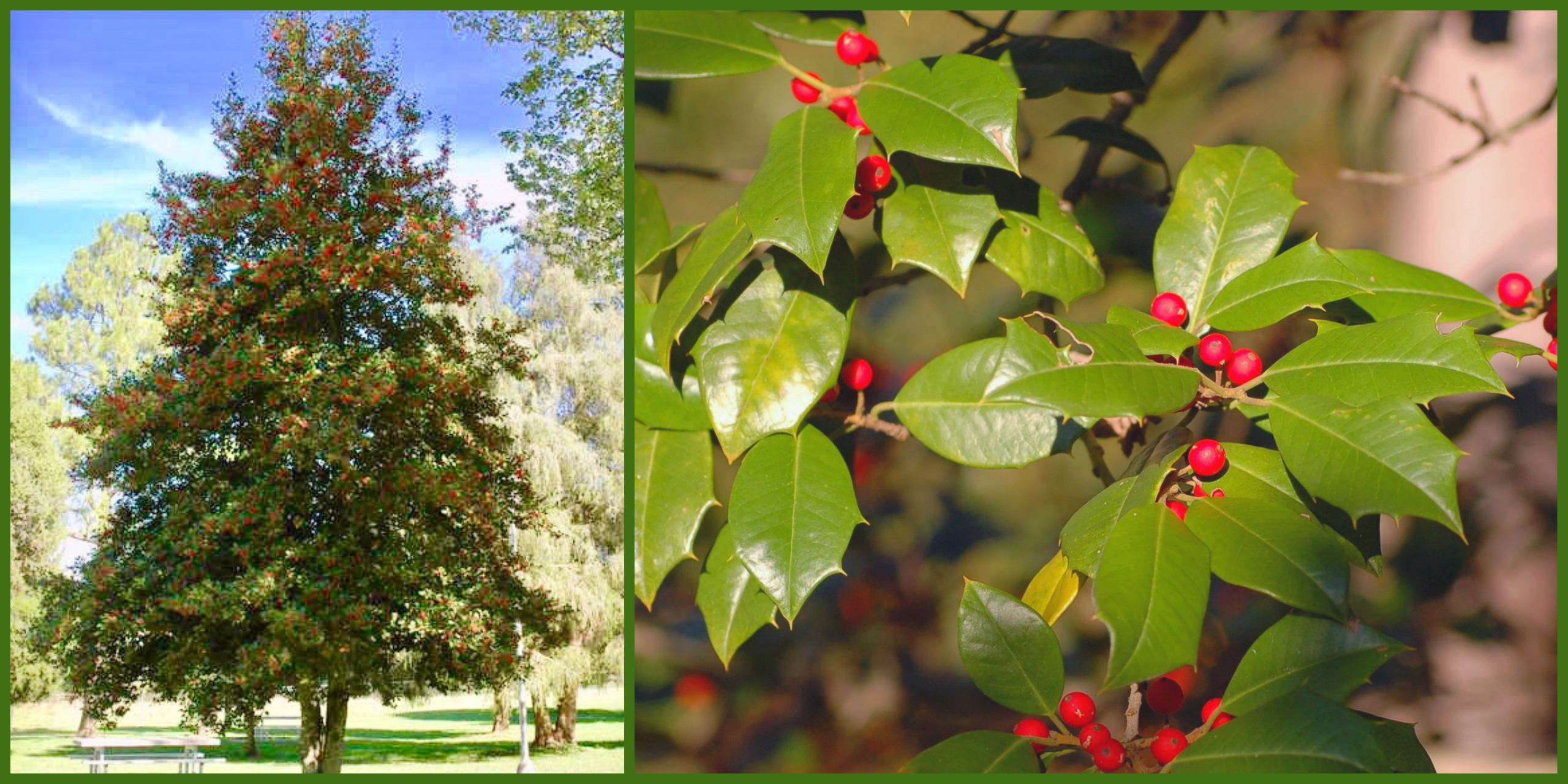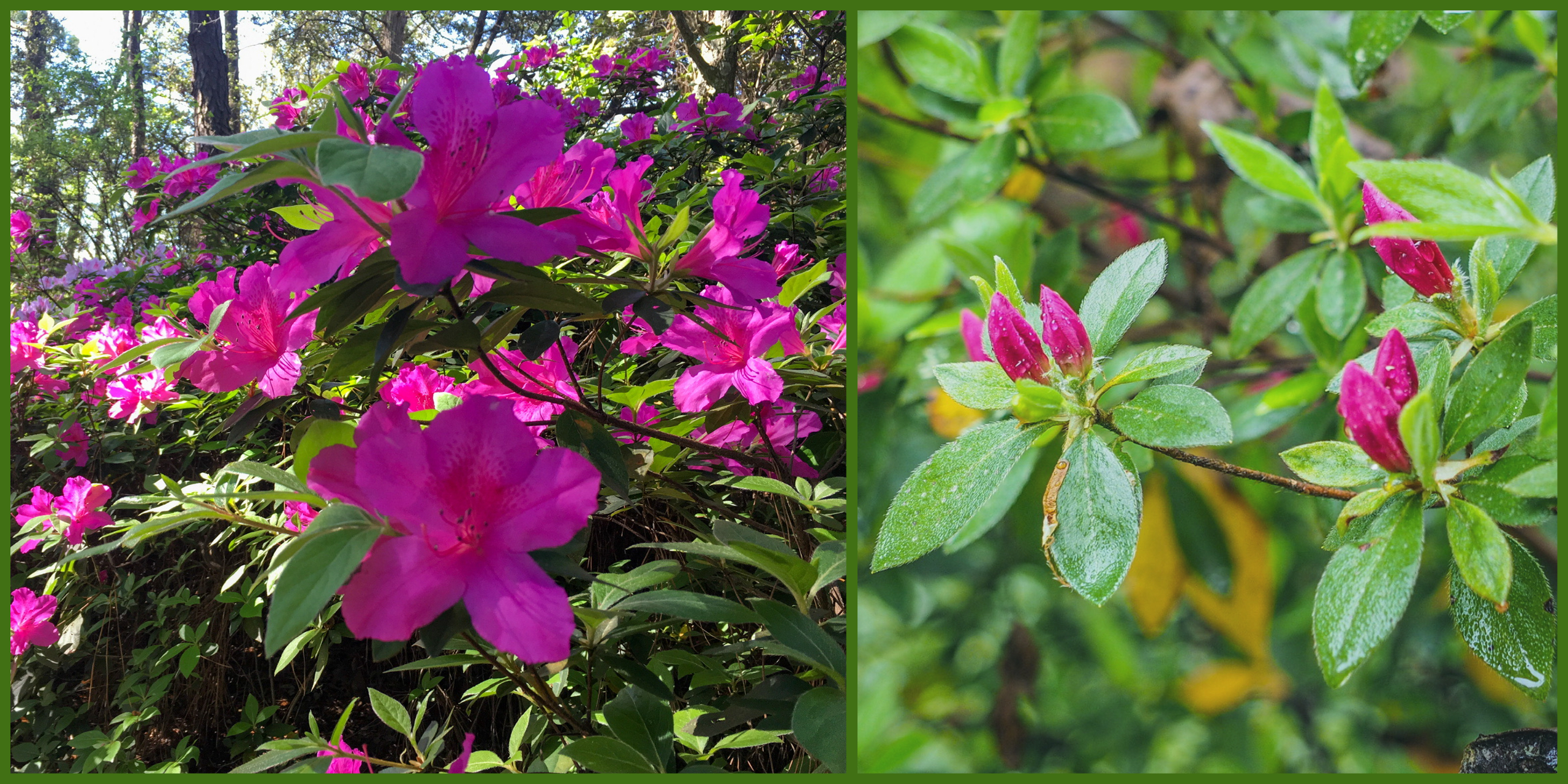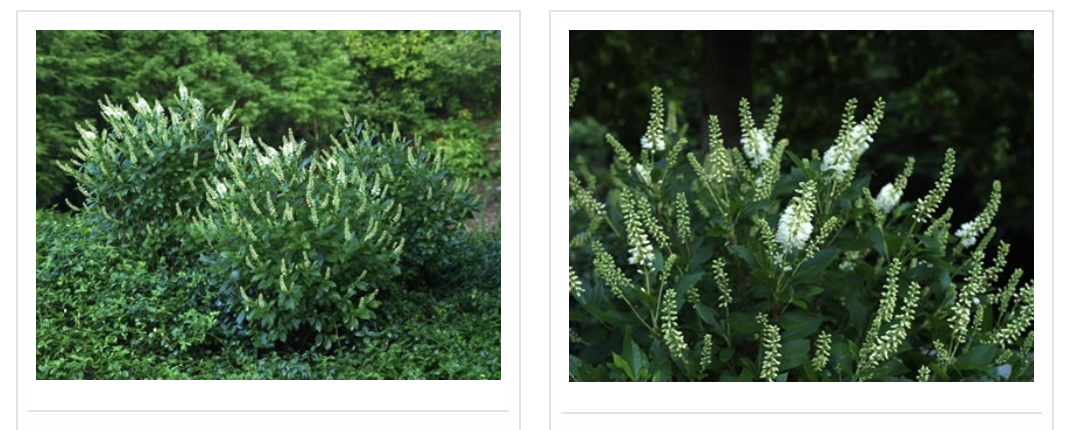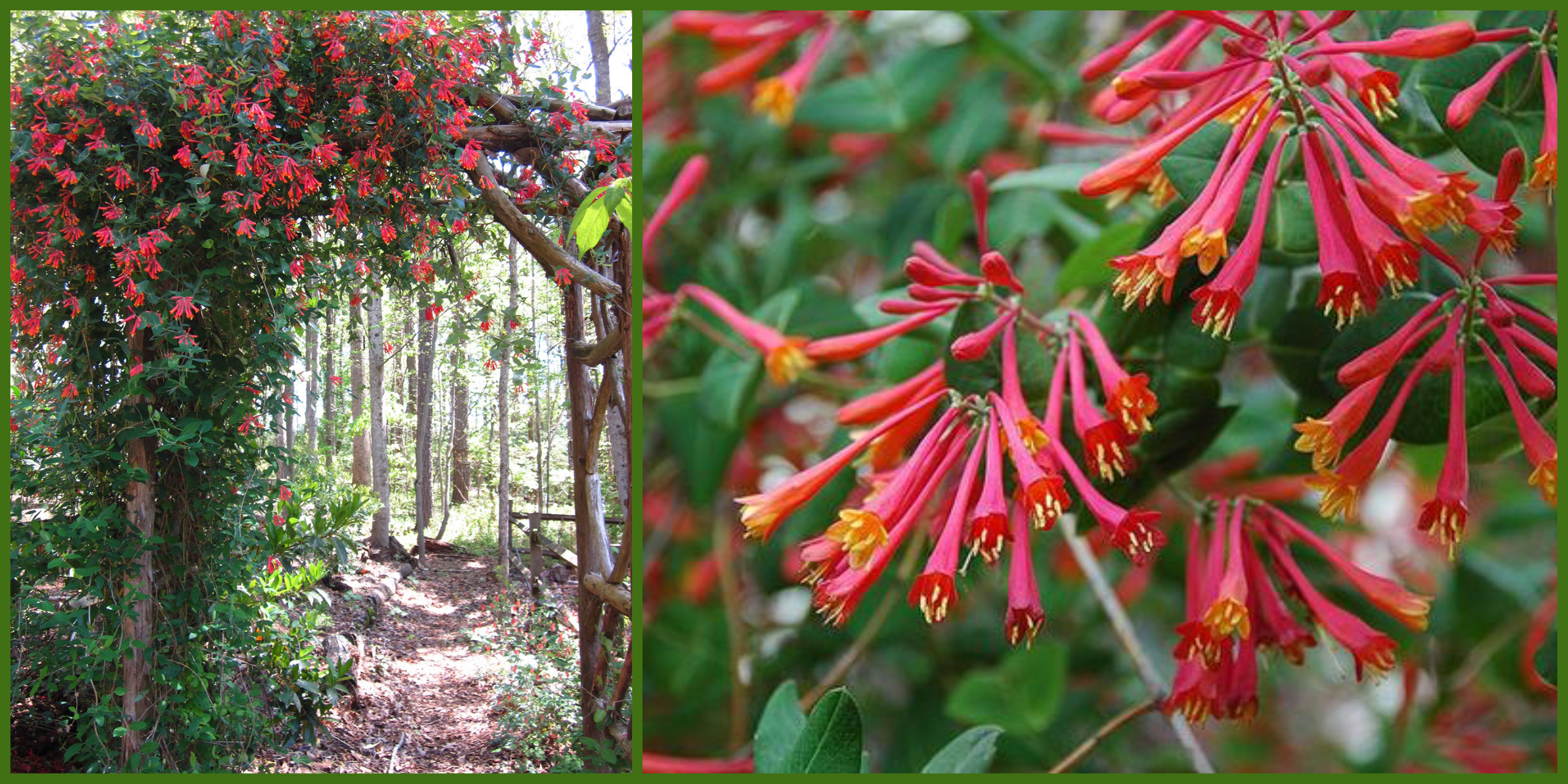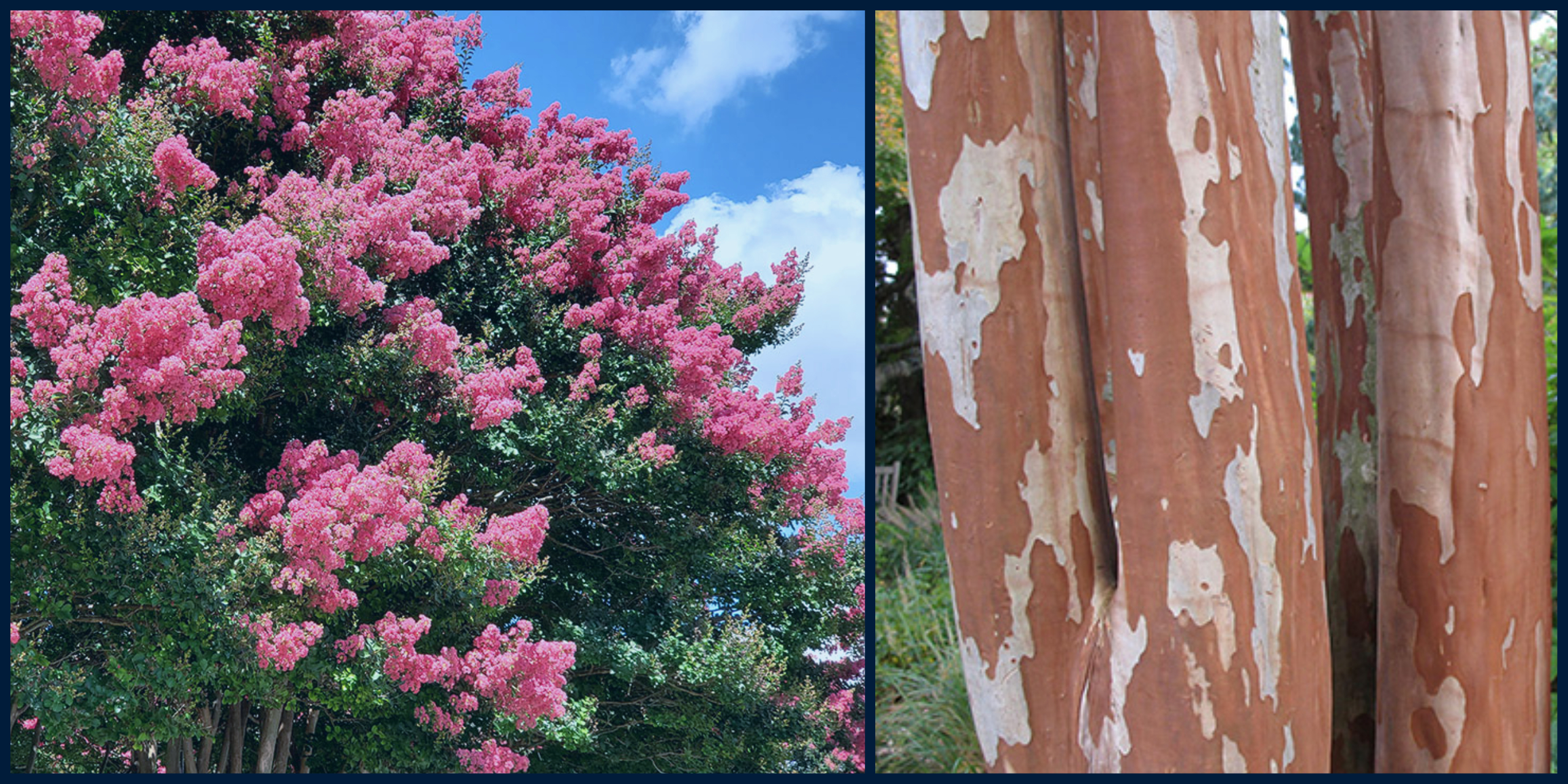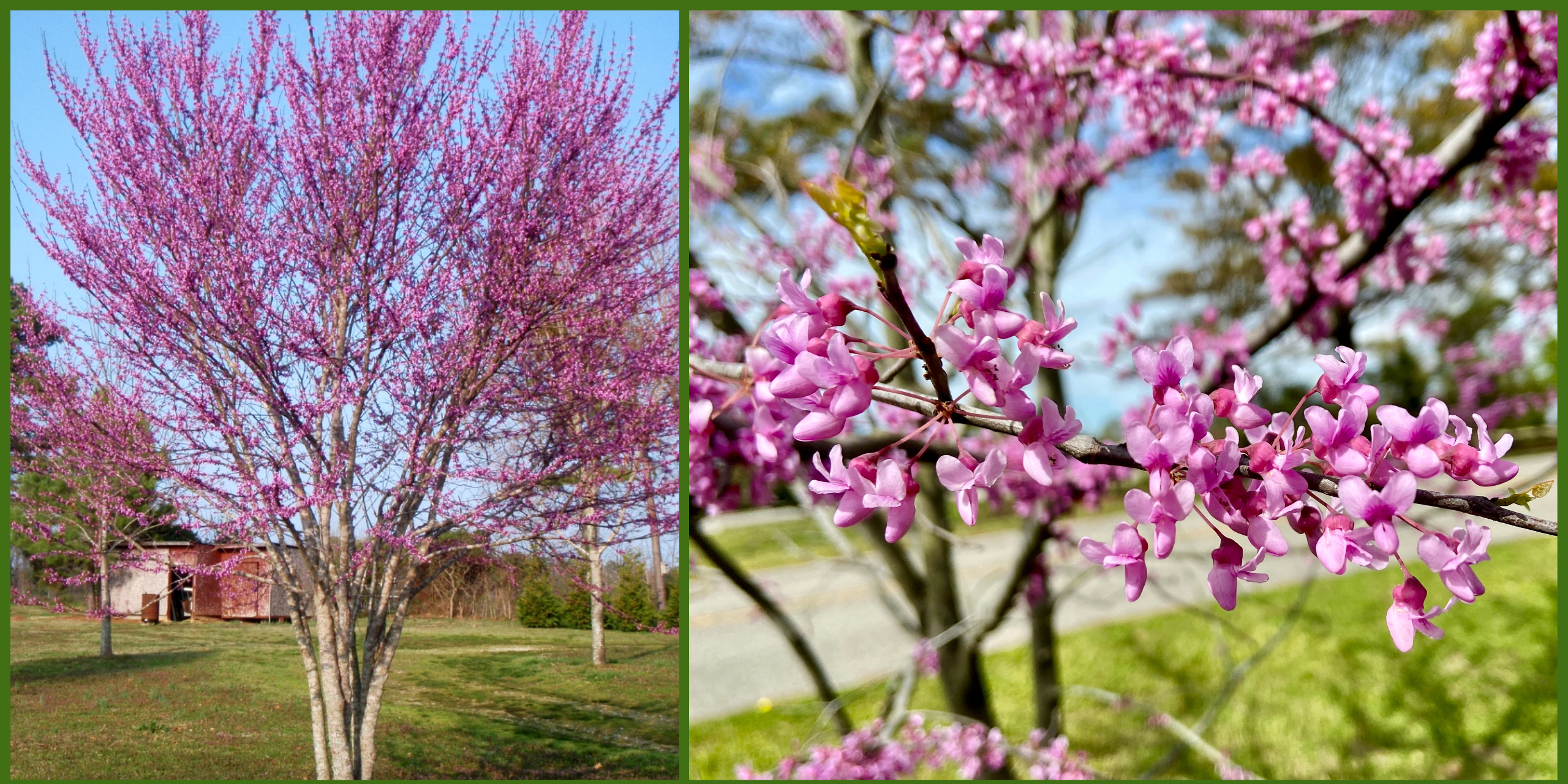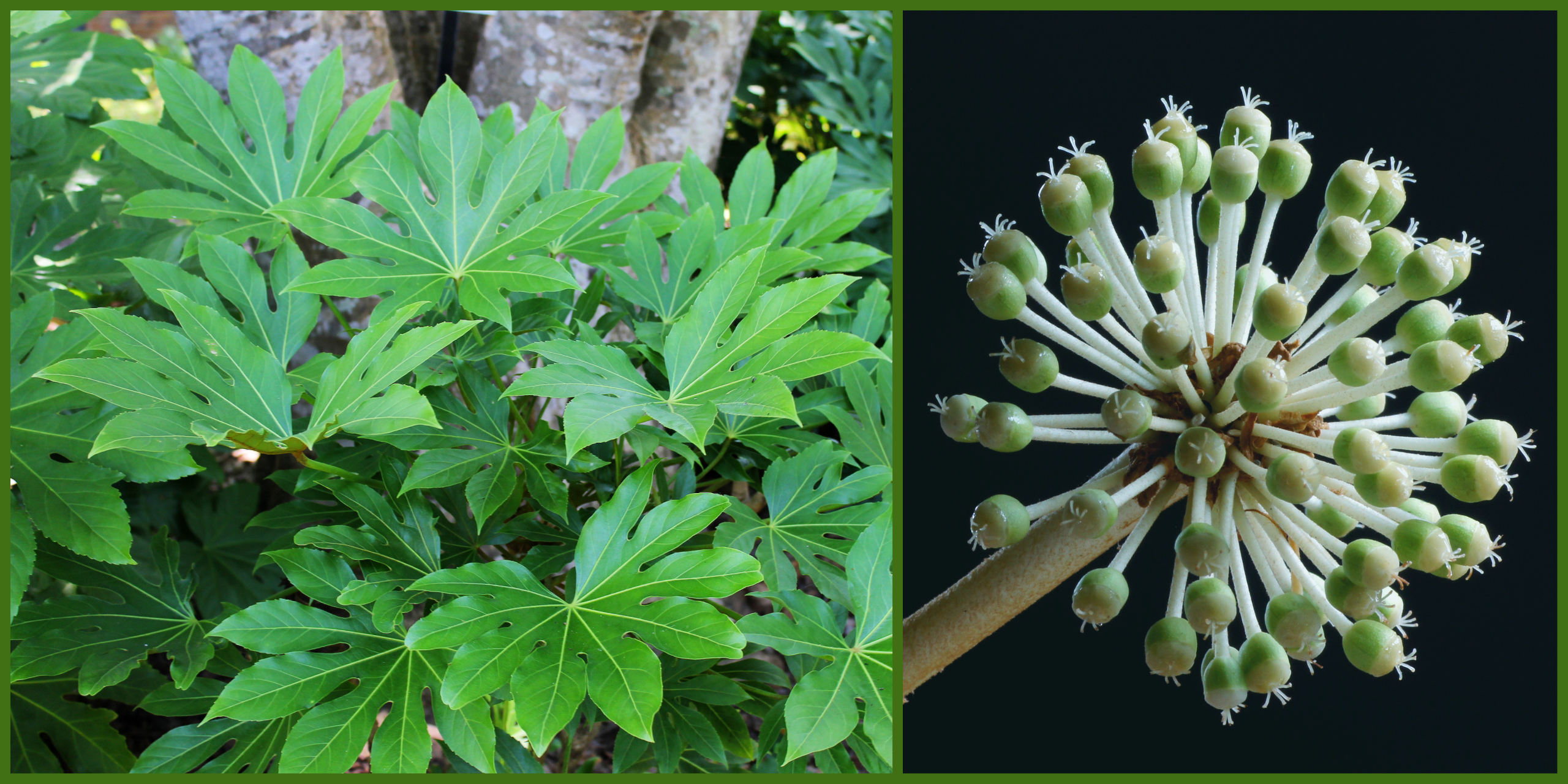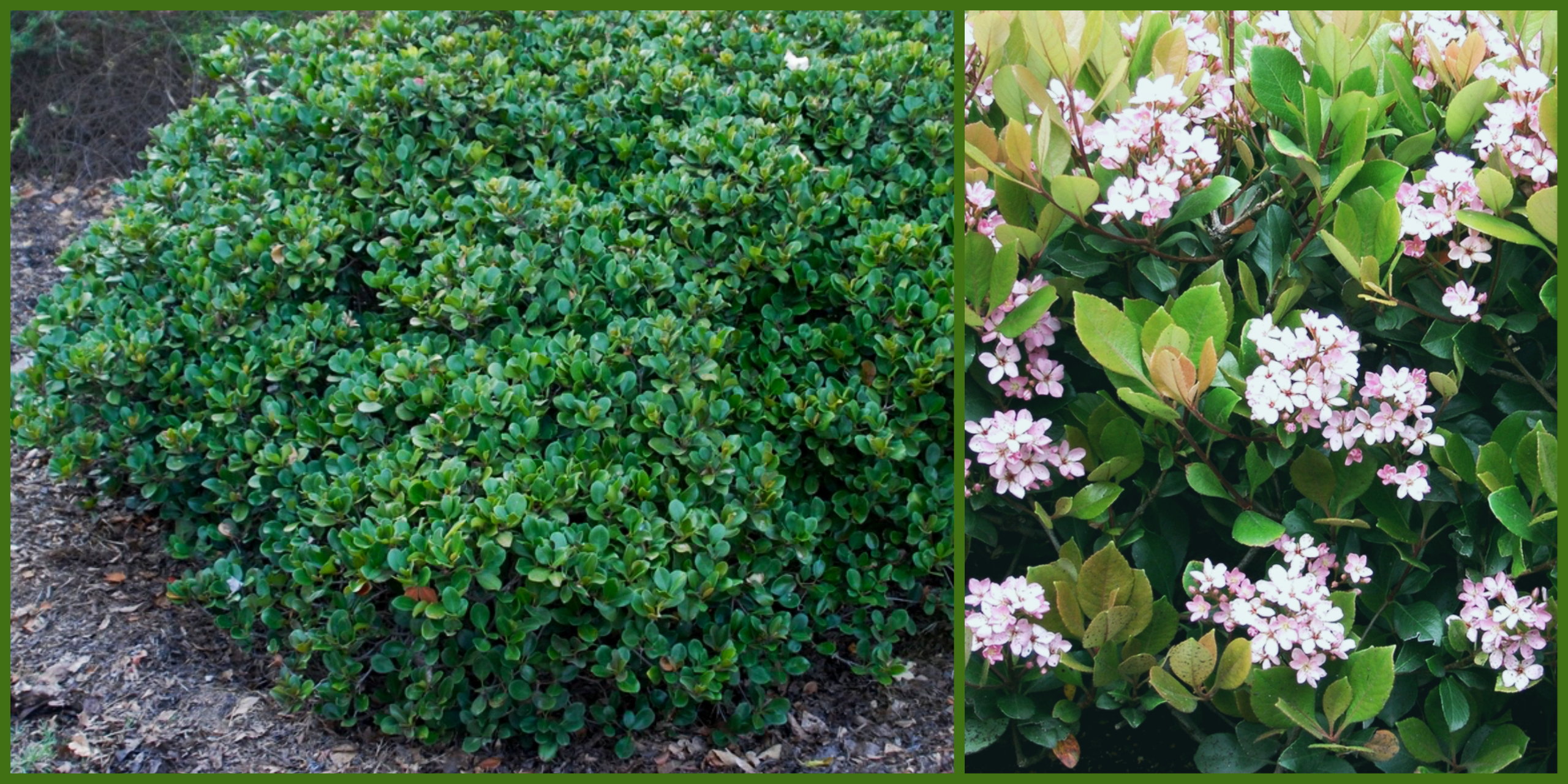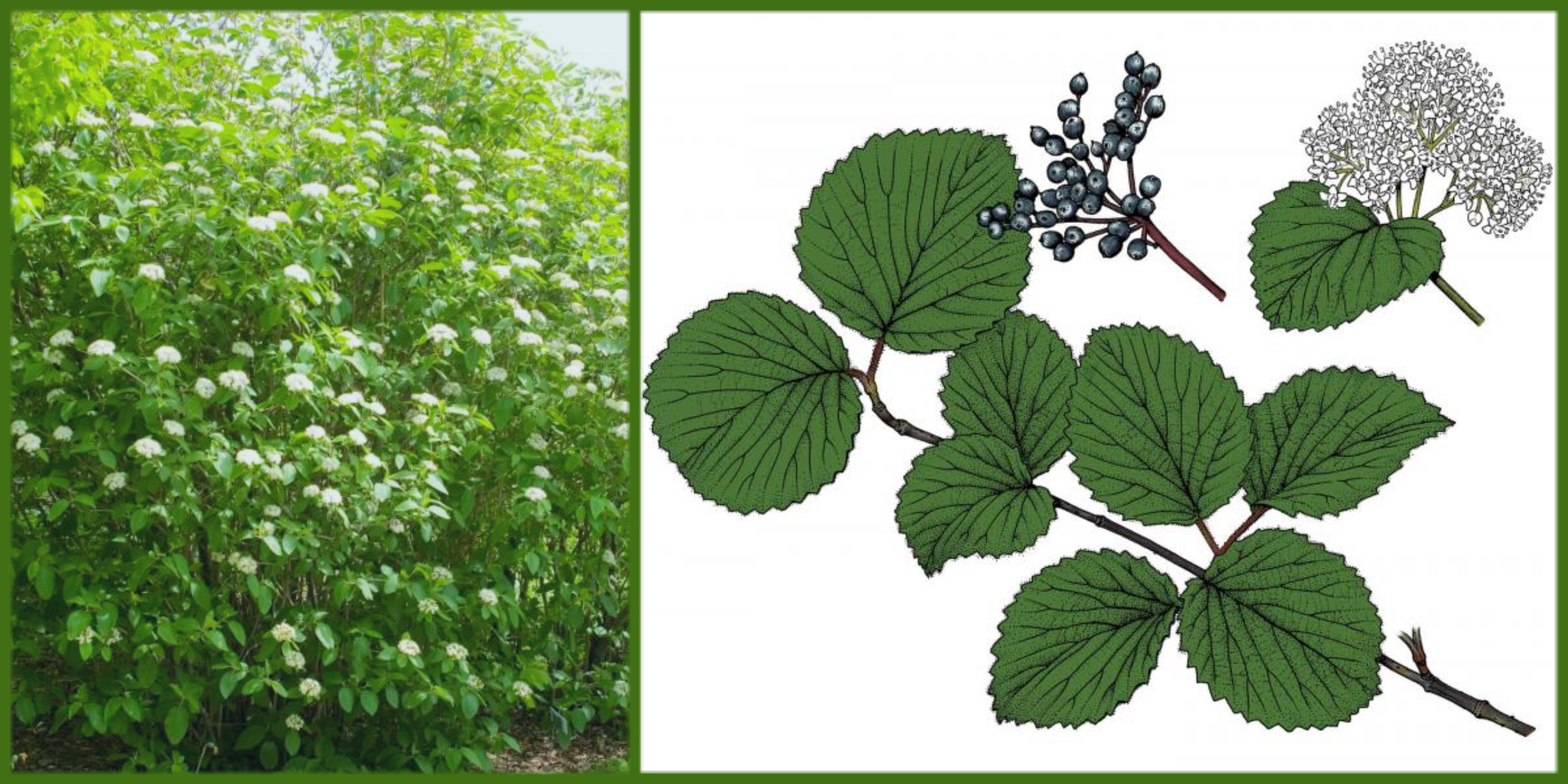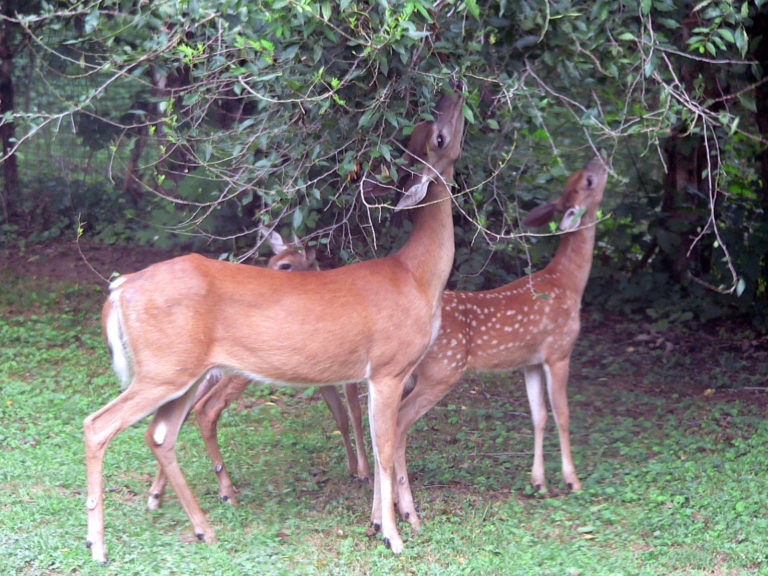Plants That Survive & Thrive on the OBX
go.ncsu.edu/readext?708917
en Español / em Português
El inglés es el idioma de control de esta página. En la medida en que haya algún conflicto entre la traducción al inglés y la traducción, el inglés prevalece.
Al hacer clic en el enlace de traducción se activa un servicio de traducción gratuito para convertir la página al español. Al igual que con cualquier traducción por Internet, la conversión no es sensible al contexto y puede que no traduzca el texto en su significado original. NC State Extension no garantiza la exactitud del texto traducido. Por favor, tenga en cuenta que algunas aplicaciones y/o servicios pueden no funcionar como se espera cuando se traducen.
Português
Inglês é o idioma de controle desta página. Na medida que haja algum conflito entre o texto original em Inglês e a tradução, o Inglês prevalece.
Ao clicar no link de tradução, um serviço gratuito de tradução será ativado para converter a página para o Português. Como em qualquer tradução pela internet, a conversão não é sensivel ao contexto e pode não ocorrer a tradução para o significado orginal. O serviço de Extensão da Carolina do Norte (NC State Extension) não garante a exatidão do texto traduzido. Por favor, observe que algumas funções ou serviços podem não funcionar como esperado após a tradução.
English
English is the controlling language of this page. To the extent there is any conflict between the English text and the translation, English controls.
Clicking on the translation link activates a free translation service to convert the page to Spanish. As with any Internet translation, the conversion is not context-sensitive and may not translate the text to its original meaning. NC State Extension does not guarantee the accuracy of the translated text. Please note that some applications and/or services may not function as expected when translated.
Collapse ▲The Extension Master Gardner℠ volunteers in Dare County have compiled a list of plants that survive and thrive here on the Outer Banks to help assist homeowners with their coastal landscapes and the challenges they present; such as sandy soils, excessive temperatures, high winds, and flooding.
The most significant coastal challenge is the effect of salt spray on plant growth. As a guide, properties within at least one-eighth of a mile of the oceanfront should be landscaped with plants known to have some level of salt tolerance. Properties along the sound should also be landscaped with plants possessing some degree of salt tolerance, though not necessarily as high as those on the oceanside.
To learn more about the 4 barrier island vegetation zones on the Outer Banks check out this video on The Challenge of Gardening on the Outer Banks.
For more information about the plants featured or other gardening questions, our Master Gardener℠ volunteers in Dare County are here to help; Ask a Master Gardener.





